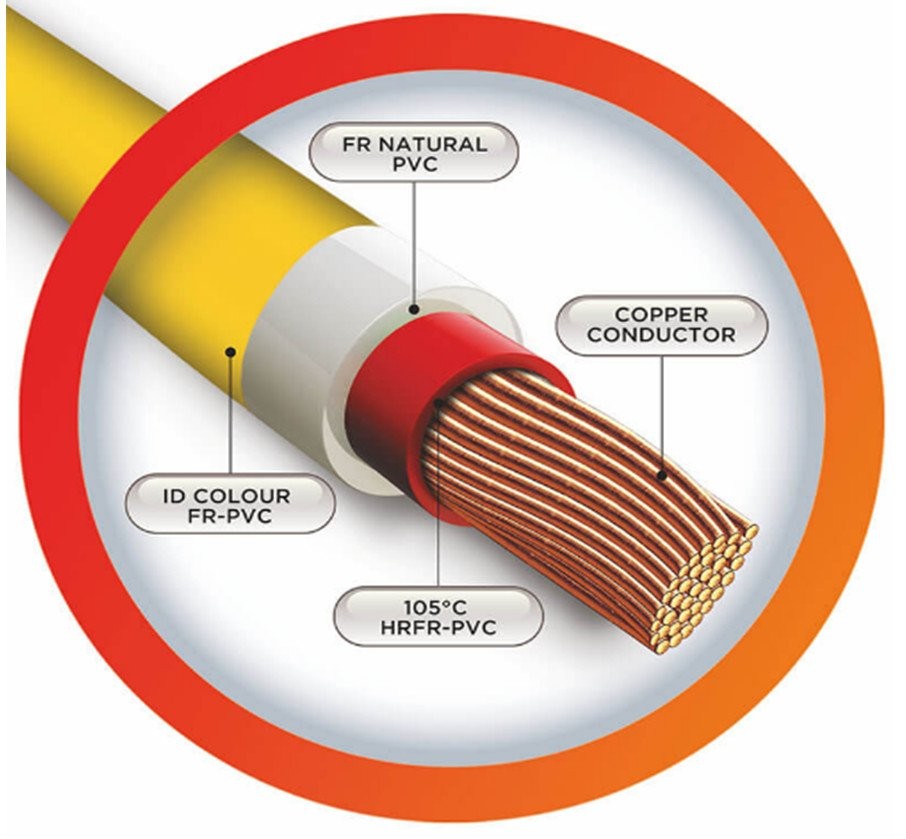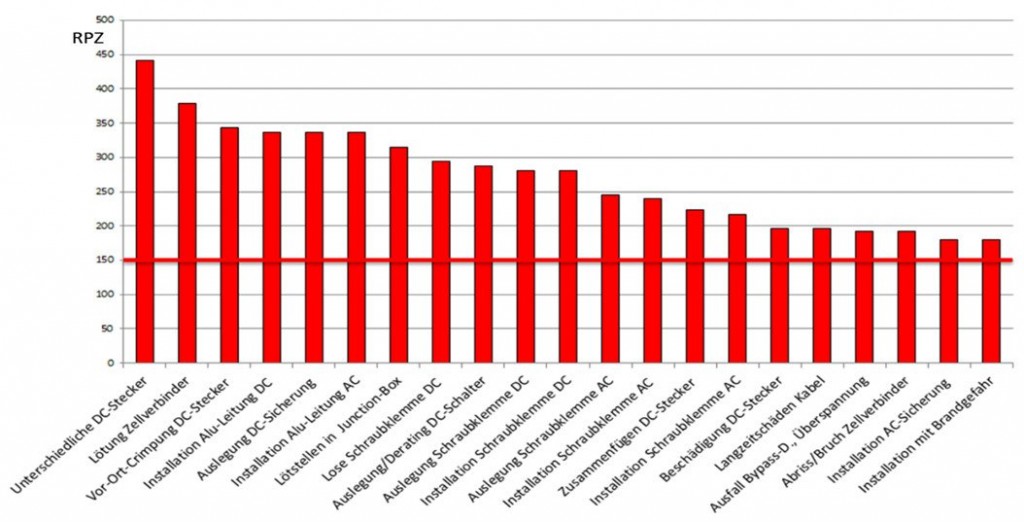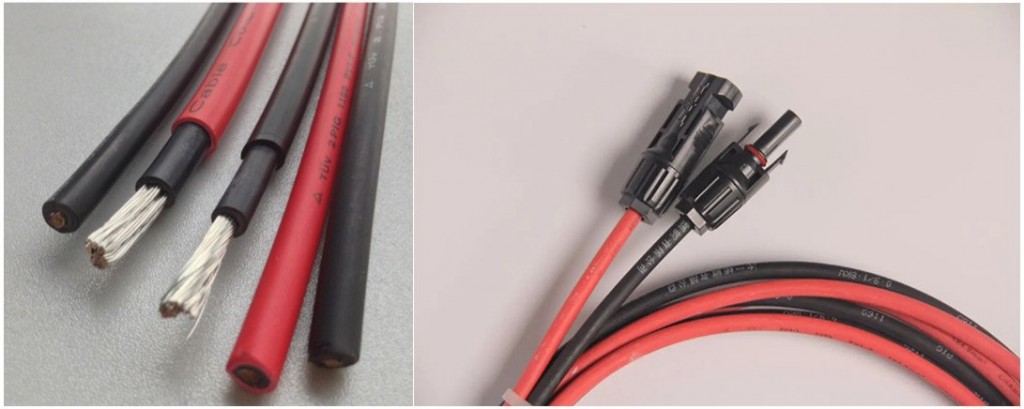Solis Seminar, Episode 44: The Importance of Using Photovoltaic Cables in Photovoltaic Systems
14:23 | 31/05/2022
In this Solis seminar we introduce the differences between photovoltaic cables and ordinary cables, and the importance of correct cable selection.
 |
| The Difference Between Photovoltaic and Ordinary Cables. |
1. Structural Differences
The proportion of investment in solar projects globally is increasing faster than ever before and the focus on LCOE and return on investment remains under the spotlight for any project. In some instances in order to save costs, contractors specify ordinary pvc cables instead of dedicated solar PV cables. Doing this may save costs initially but it will greatly affect the life of the system.
The characteristics of photovoltaic cables are determined by the special insulating materials and sheathing materials for cables - cross-linked PE. After being irradiated by an irradiation accelerator, the molecular structure of the cable material changes and provides specific performance in high temperatures. As well as a performance at high temperatures these cables provide resistance to cold, oil, acid/alkali and will overall provide long service life for the solar system.
Photovoltaic cable:
Conductor: Tinned copper
Insulation: Irradiated cross-linked polyolefin
Sheath: Irradiation cross-linked polyolefin
 |
Ordinary cable:
Conductor: copper
Insulation: PVC or XLPE
Sheath: PVC
 |
The conductors used in ordinary cables are the same as those used in photovoltaic cables. Photovoltaic cables have higher insulation and jacket specifications and can be used in harsher environments.
2. Temperature and Voltage Resistance Characteristics
In solar power plants, photovoltaic cables are constantly exposed to harsh environmental conditions, such as high temperatures and UV radiation. In places with good lighting conditions, the on-site temperature of the solar system can be as high as 100°C on sunny days. This brings high ultraviolet radiation and ordinary cables cannot withstand such an environment for a sustained period of time. Ordinary cables cannot withstand such high DC voltage for a long time, and photovoltaic cables are required.
| Technical Specifications | Photovoltaic cables | Ordinary cables |
| Operating voltage | 1.0kVDC,1.5kVDC | 450V,750V |
| Ambient temperature ranges | -40°C to +90°C | -15°C to +70°C |
| Short circuit temperature | 250°C | ≤180°C |
The majority of problems in photovoltaic systems come from incorrect cable selection and improper crimping techniques. These are generally the root cause of fires in photovoltaic systems and for this reason cable selection needs proper attention.
3. Photovoltaic Cables Deliver Better Contact
The majority of problems in photovoltaic systems come from incorrect cable selection and improper crimping techniques. These are generally the root cause of fires in photovoltaic systems and for this reason cable selection needs proper attention.
 |
Source: Results of FMEA-Analysis ”PV-Brandschutz” Project Fraunhofer ISE&TÜV
A core element of photovoltaic system design is the matching between cables and DC connectors. Correct matching ensures crimping is more accurate which in turn delivers better contact between cables and DC plugs. Oxidation caused by inaccurate crimping leads to increased contact resistance, causing fire.
Copper conductors of ordinary cable wiring varies widely and has poor compatibility with DC connectors. It is inevitable that oxidation will occur after long-term wear, resulting in an increase in contact resistance.
 |
Summary
In photovoltaic systems, most of the problems come from the DC side, and more than 90% of these problems come from incorrect cable selection and crimping problems. For long-lasting, trouble-free system operation spending time and attention on compatible, high-quality PV cable at the design stage is vital.
